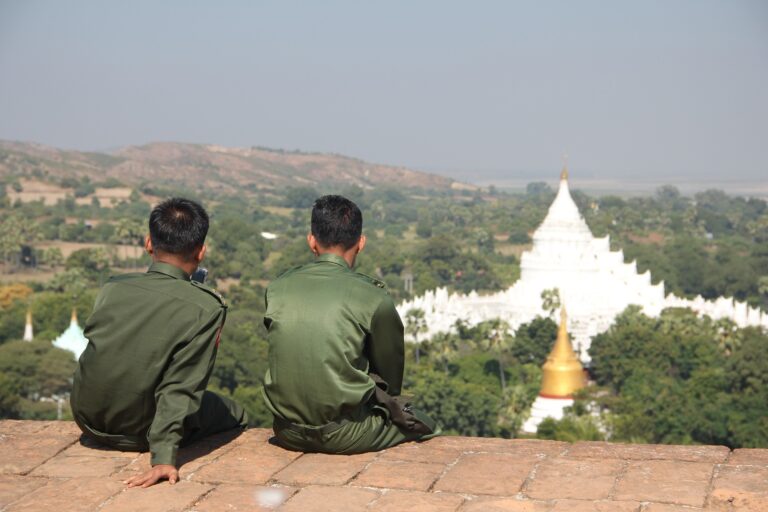Violent actions towards this Muslim ethnic minority have put the lives of many civilians at risk and forced them to migrate to Bangladesh, but also to other Southeast Asian countries like Indonesia, Malaysia and Thailand. The stateless Rohingya population had been facing years of persecution in Myanmar when the security challenge escalated into a broader regional issue and other countries started rejecting their entrance in 2015. Despite international efforts to address the ongoing security challenge in Myanmar, the military junta’s rule continues to cause regional instability. This is particularly evident in the evolving migration crisis of the Rohingya ethnic group. This Special Briefing Paper will delve into the EU’s involvement in the region and potential new avenues to improve stability. What have Brussels and ASEAN done so far in Myanmar, and how can they work together in the future to safeguard citizens’ rights in the nation?
Authors: Valeria Tabelli, EIAS Junior Researcher and Vanesa Escobar, University of East Anglia
Photo Credits: Pixabay

